National flags embody far more than just national pride and identity; they symbolize freedom and the unwavering spirit of citizens. This has led to ongoing conflicts throughout history over these symbols. Even now, an unspoken battle rages concerning which nations boast the most stunning flags. Explore the top contenders for the title of having the world’s most attractive banners today.
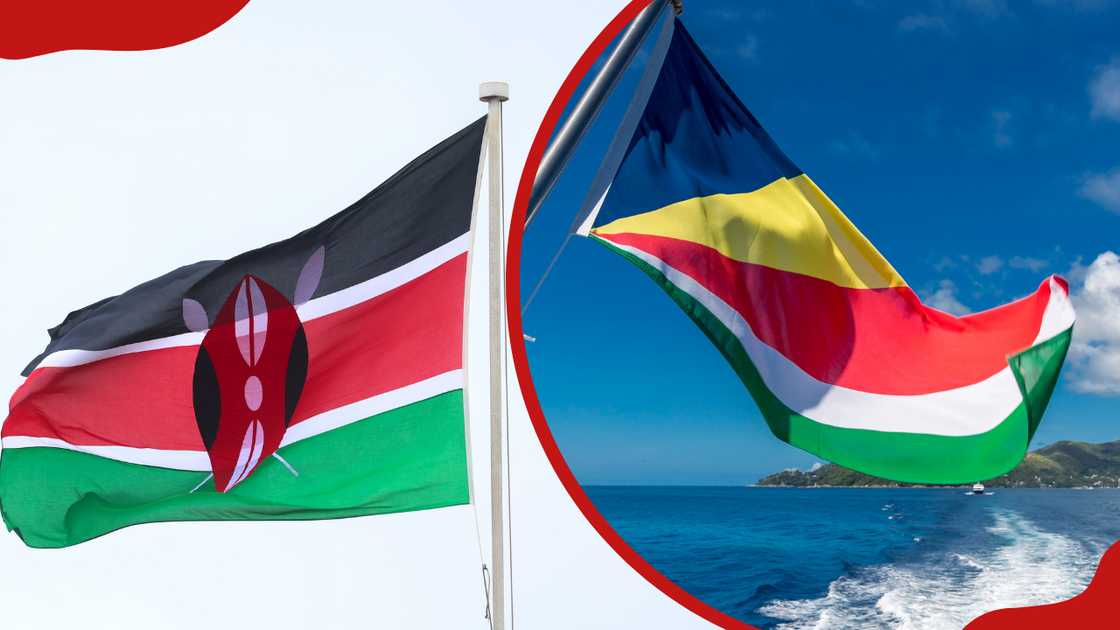
Many of us inherently feel a sense of patriotism without realizing it, which makes us quick to choose our national flags as the most stunning ones, regardless of their actual appearance. The appeal often stems from the colors and symbols incorporated into these banners. Discover some of the most visually striking flags globally today. Keep in mind though, this ranking is subjective since what one finds attractive can vary greatly between individuals.
Summary of the Most Stunning Flags Worldwide Today
| Ranking | Country | Continent |
| 1 | Kenya | Africa |
| 2 | South Africa | Africa |
| 3 | Mozambique | Africa |
| 4 | Malaysia | Asia |
| 5 | Nepal | Asia |
| 6 | Kyrgyzstan | Asia |
| 7 | Australia | Oceania |
| 8 | Argentina | South America |
| 9 | Brazil | South America |
| 10 | Cuba | North America |
| 11 | Greece | Europe |
| 12 | Canada | North America |
| 13 | New Zealand | Oceania |
| 14 | Bosnia and Herzegovina | Europe |
| 15 | United States of America | North America |
| 16 | Denmark | Europe |
| 17 | Mauritania | Africa |
| 18 | Tanzania | Africa |
| 19 | Guyana | South America |
| 20 | North Macedonia | Europe |
| 21 | Seychelles | Africa |
| 22 | Bhutan | Asia |
| 23 | India | Asia |
| 24 | France | Europe |
| 25 | Portugal | Europe |
Top 25 Most Stunning Flags Worldwide Today
Across time, countries have altered their flags to represent the strength of spirit among those who relate to the emblem.
These flags serve as symbols of national pride, particularly when displayed internationally. Although many nations claim to possess the most attractive flag, we've curated a list featuring the top 25 countries renowned for their visually stunning banners.
1. Kenya
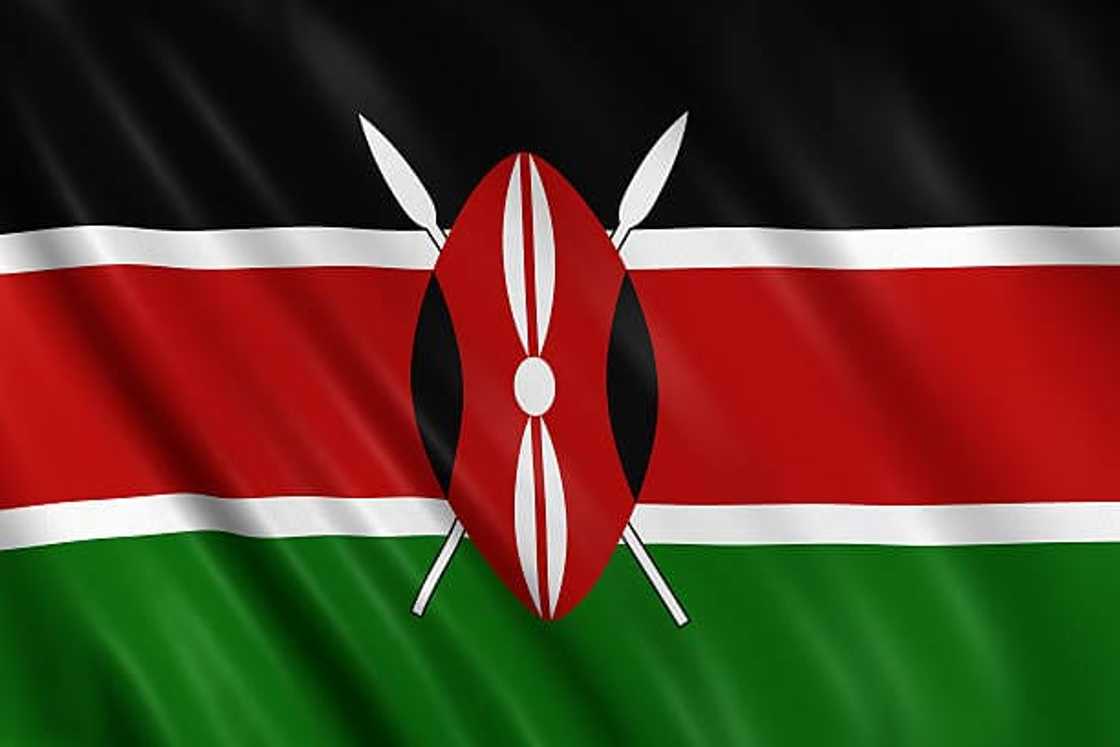
In 2024, the Kenyan flag might be considered one of the most stunning globally. Adopted in 1963, this emblematic banner displays a shield flanked by two crossed spears positioned centrally within a black, red, white, and green horizontal tricolor design. Green symbolizes Kenya’s natural environment and abundant resources.
Black symbolizes the Kenyan population and the broader African continent. The red hue stands for the blood shed during the fight for freedom. White embodies harmony and cohesion, whereas the shield and spears stand as emblems of Kenya’s protection over these values.
2. South Africa
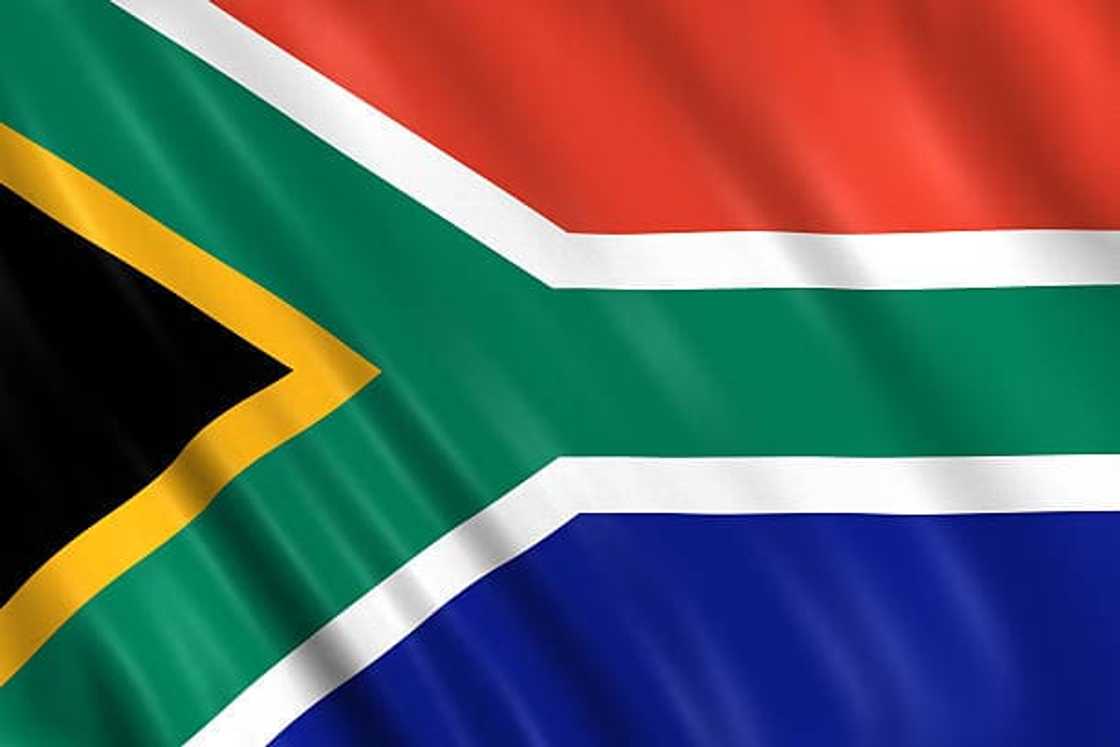
Since 1994, the South African flag has been adopted and widely utilized, ranking amongst the world’s top five most aesthetically pleasing national symbols. This emblem encapsulates hundreds of years of the nation's past within its design. Despite its striking appearance, official explanations for what each color signifies have never been provided publicly.
The colors black, green, and yellow are thought to have been adopted from the African National Congress (ANC) banner led by Nelson Mandela. Conversely, red, white, and blue come from the Transvaal flag. It is suggested that the 'Y' pattern symbolizes the coming together of various cultures into a single nation.
3. Mozambique
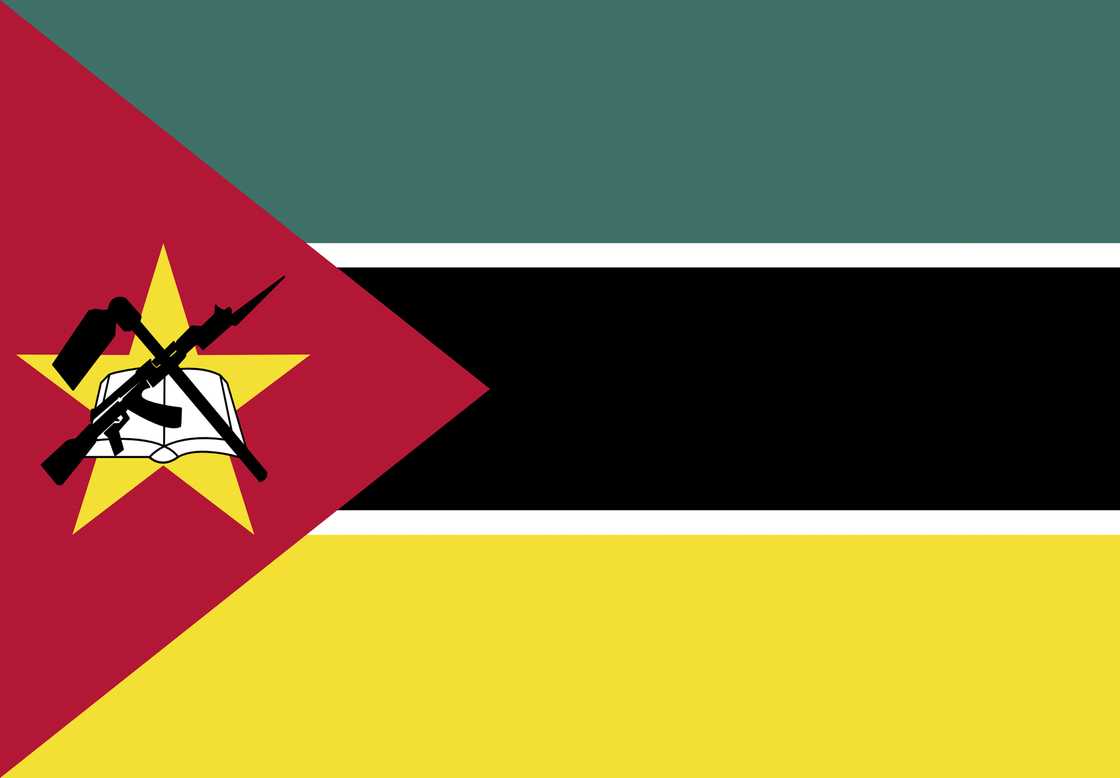
The Mozambican flag stands out due to its inclusion of an AK-47, which serves as a reminder of the sacrifices made during their fight for freedom from colonial rule. In 2024, this distinctive banner ranks within the top 10 most aesthetically pleasing national flags globally.
Official use began in 1983. Displayed on the flyside are a djembe, an AK-47, a book, and a star. The book signifies the significance of education. The djembe stands for the crucial role of agriculture as the foundation of the nation’s economy.
The green color symbolizes Mozambique's abundant natural resources; white stands for peace, black signifies the African continent, yellow indicates the nation's mineral wealth, and red reflects the sacrifices made through bloodshed during the fight for independence.
4. Malaysia
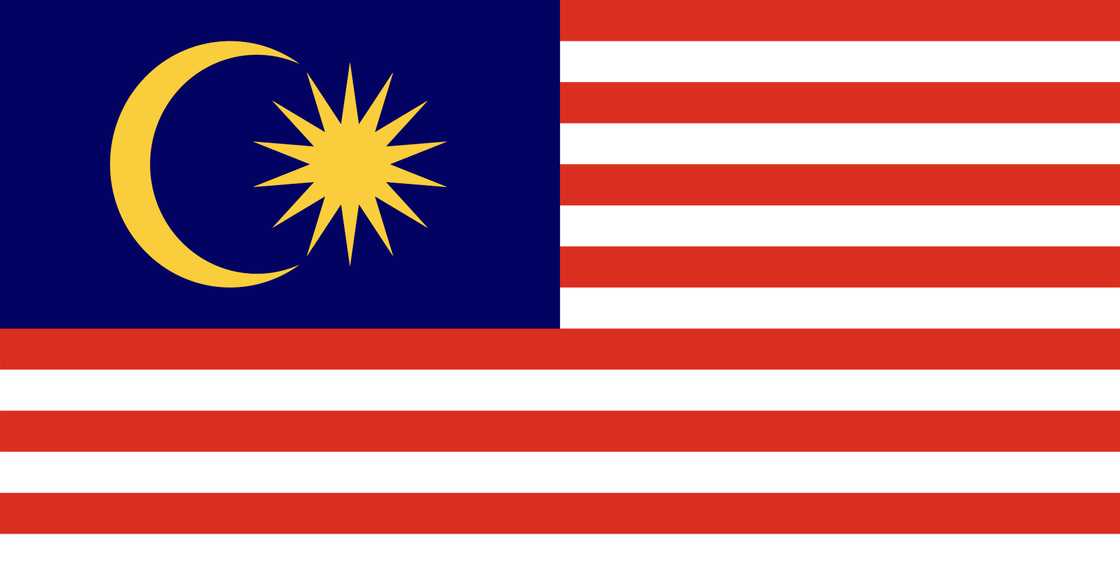
Malaysia’s flag ranks among the ten most stunning flags in Asia. It is widely recognized as Jalur Gemilang (Marks of Honor) has been in use since 1963. The Malaysian flag includes 14 alternating stripes of white and red. Additionally, it comprises a blue canton containing a crescent and a fourteen-pointed star known as the Bintang Persekutuan (Federal Star).
The alternating white and red stripes stand for Malaysia’s 13 states along with its federal territories. The 14 tips of the star embody the solidarity among these regions. Meanwhile, the crescent moon alludes to Islam as the nation's official faith. Finally, the color yellow represents royalty—the regal status of the Malay sultans.
5. Nepal
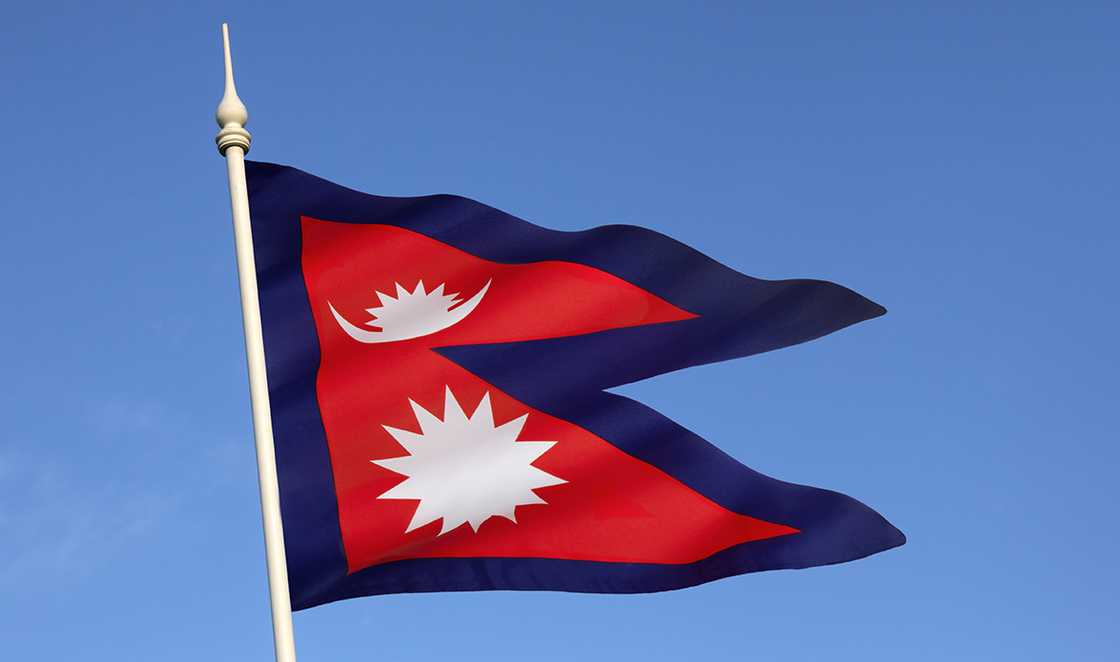
The Nepalese flag ranks among the top ten most aesthetically pleasing flags globally. Its beauty lies in its distinctiveness, as it deviates from the common rectangular form. This distinctive design was influenced by the silhouette of Mount Everest’s peaks.
Two themes, the moon and sun, embody serenity and determination. The predominant color is deep crimson red, representing the nation’s official flower—the rhododendron. The borders are adorned with blue, signifying tranquility.
6. Kyrgyzstan
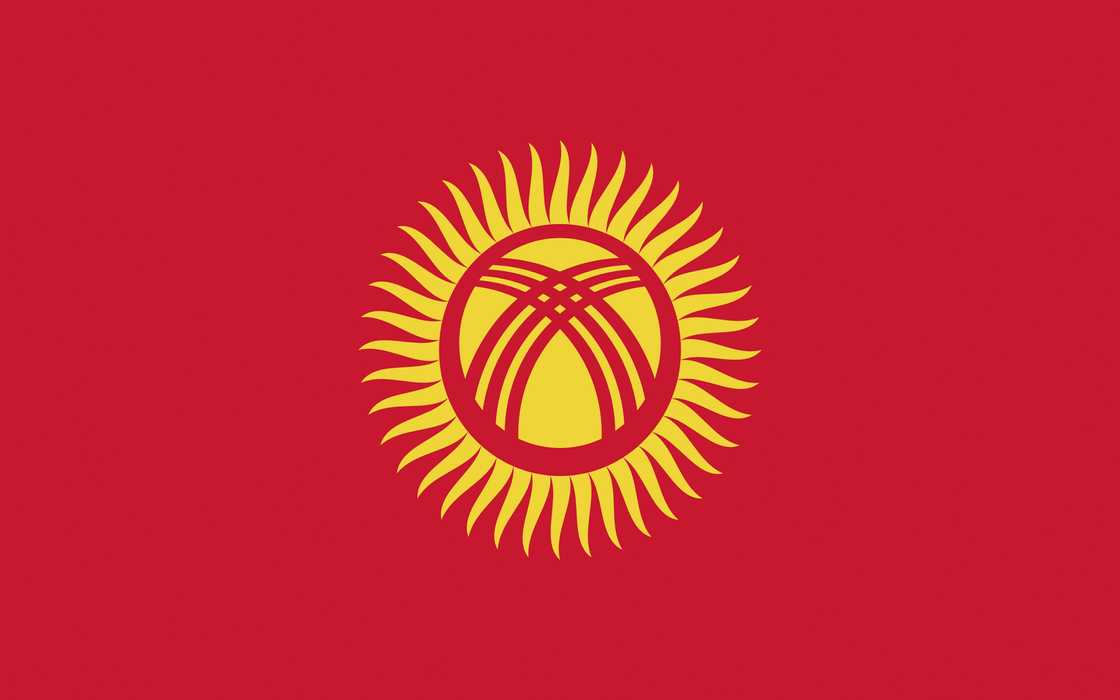
Kyrgyzstan was once part of the Soviet Union prior to its dissolution. The nation did not use its own flag until 1992, which was half a year following its declaration of independence. The national emblem bears a vibrant red backdrop symbolizing the courage exhibited by the populace of Kyrgyzstan.
At the heart of this emblem lies a golden depiction of an intense sun, signifying tranquility and affluence. Forty radiant beams encircle the sun, each representing one of the Kyrgyz clans that united to combat the Mongol invasion. Within the sun’s disc, intricate patterns echo the design of a tunduk—the apex of a traditional Kyrgyz dwelling and symbolizing the household.
7. Australia
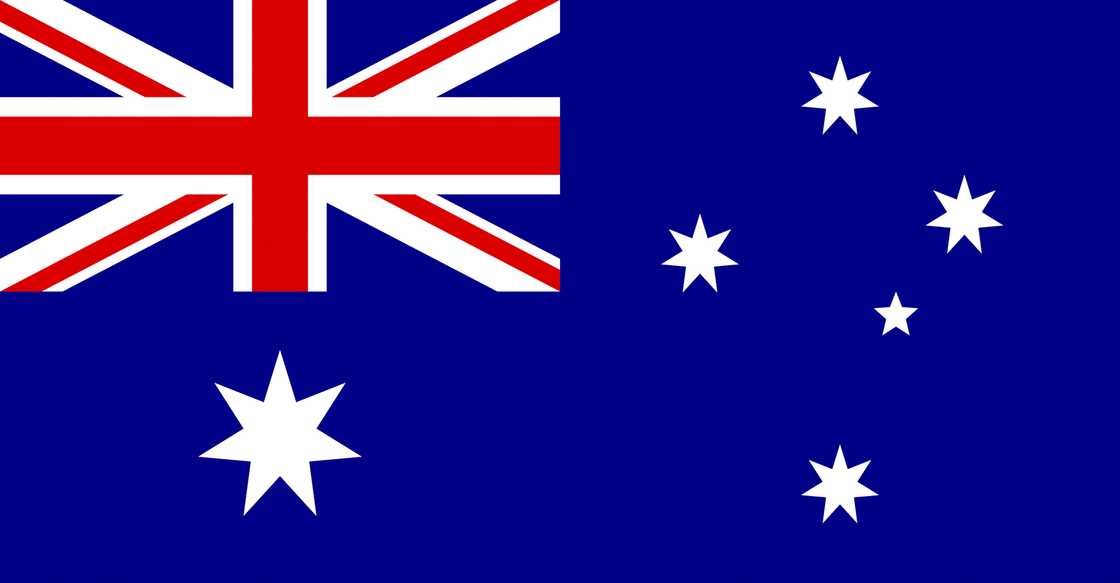
The Australian flag is stunning not only in design but also in what it represents. It ranks within the top 20 of the world's most attractive flags. The presence of the Union Jack in the upper left corner symbolizes the country's connection to the Commonwealth.
Beneath the Union Jack, there is a prominent seven-pointed star similar to the one used by the Commonwealth. To the right side of the Australian flag, five differently sized stars depict the Southern Cross constellation, which is visible from Australia.
8. Argentina
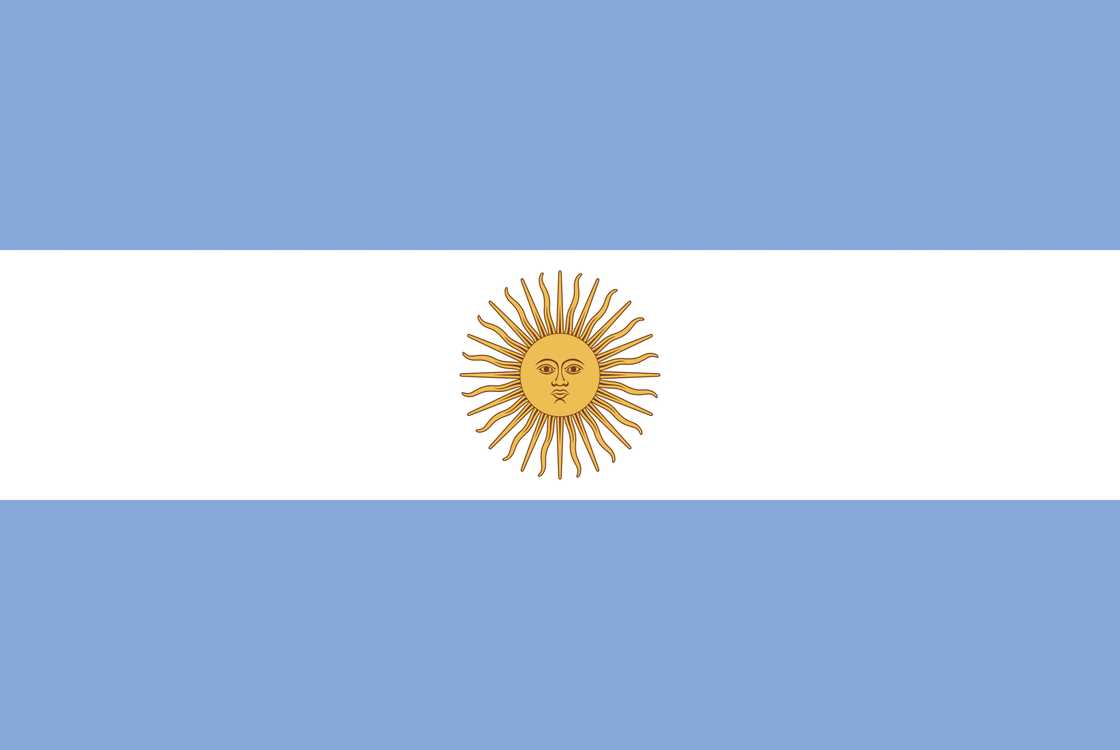
Argentina boasts one of the world’s ten most attractive flags. Its national banner features two pale blue stripes at the top and bottom, enclosing a single white stripe in between. At its center shines an exquisite gold "Sun of May."
9. Brazil
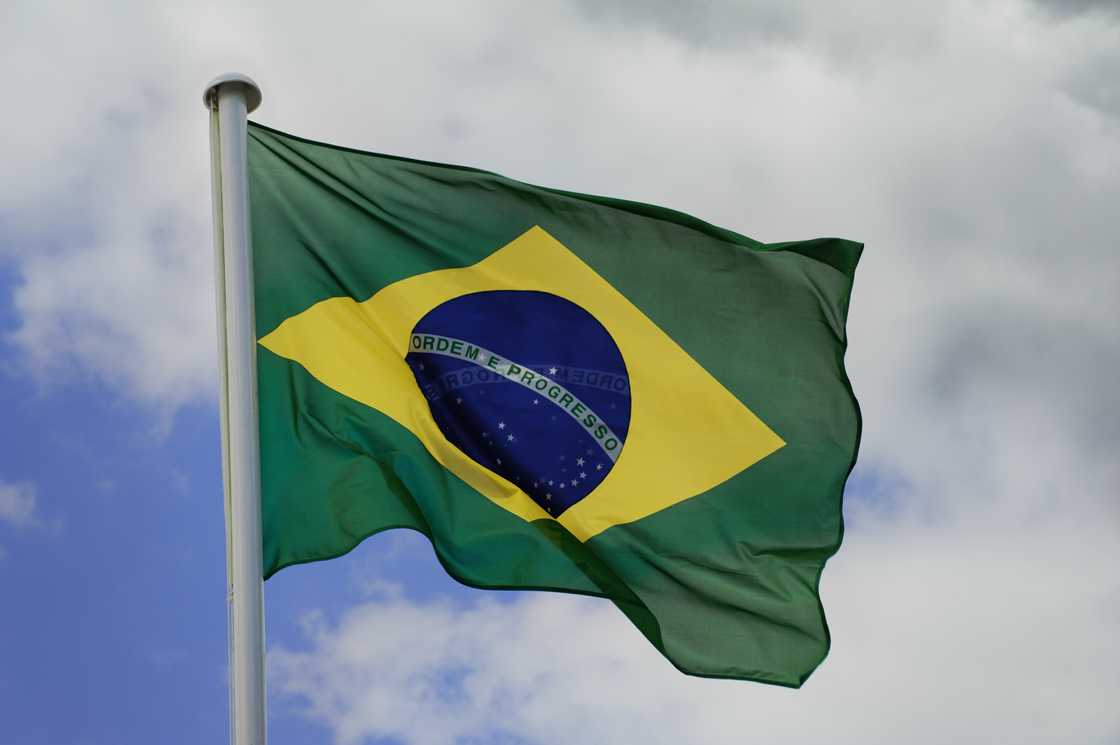
The Auriverde has served as Brazil’s national flag since 1889 and stands out among beautiful state banners due to its rich symbolic elements. The green hue symbolizes the nation's vast landscapes and lush woodlands, whereas yellow signifies the abundance of gold within the country.
At its core lies a vibrant blue hue shaped like a celestial sphere symbolizing the nighttime sky above Rio de Janeiro. Small white stars represent individual Brazilian states within this orb. The phrase "Ordem e Progresso" (Order and Progress), inspired by French philosopher Auguste Comte’s positivist slogan, encircles the globe.
10. Cuba
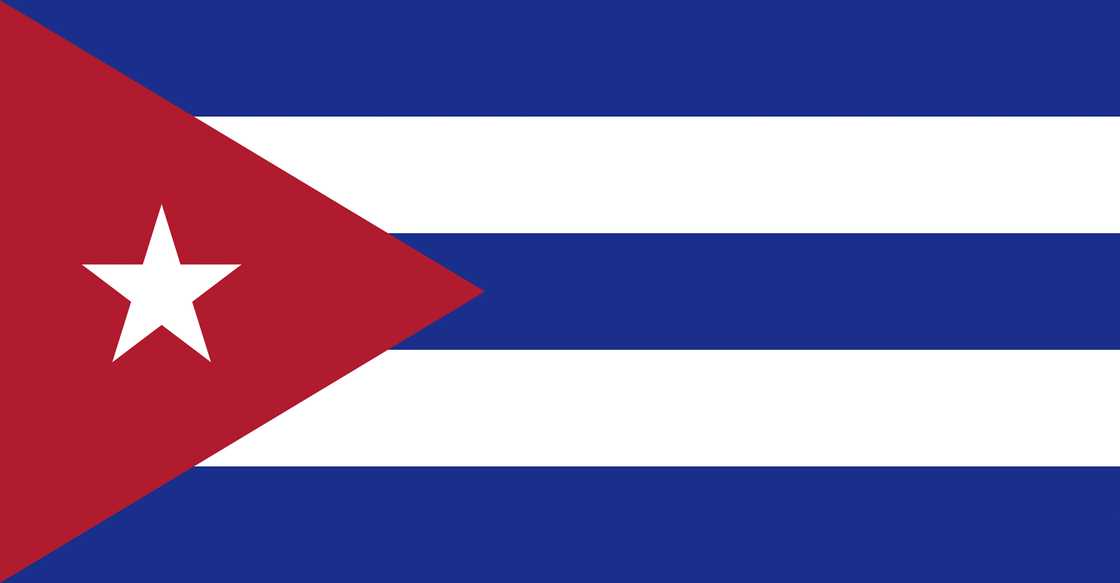
The Cuban flag was conceived well ahead of the nation achieving freedom. The vision of a liberated Cuba shaped its creation. Designed in 1849 by Narciso López, despite him not witnessing it raised above Cuba, his handiwork stands as a timeless emblem of the country’s fortitude and fight for autonomy.
The white stripes signify the purity of thoughts, whereas the corresponding blue stripes stand for the three governing sections of Cuba. The red section at the edge embodies valor, with the star within the red triangle representing the sovereignty of the recently established nation.
11. Greece

The Greek flag brings to mind images of the nation’s enchanting azure seas and picturesque shorelines. Despite appearing rather simple, its symbols hold significant meaning. In 2023, it ranks among the world’s most aesthetically pleasing national flags.
The color blue stands for the ocean and the heavens. White signifies the unblemished nature of the fight for freedom, distinct from the well-known structures along the coastlines. The sequence of nine alternating blue and white stripes embodies the nation's slogan. Eleftheria I Thanatos , meaning freedom or death.
The cross located in the farthest corner symbolizes the nation's official faith, which is Eastern Orthodox Christianity.
12. Canada
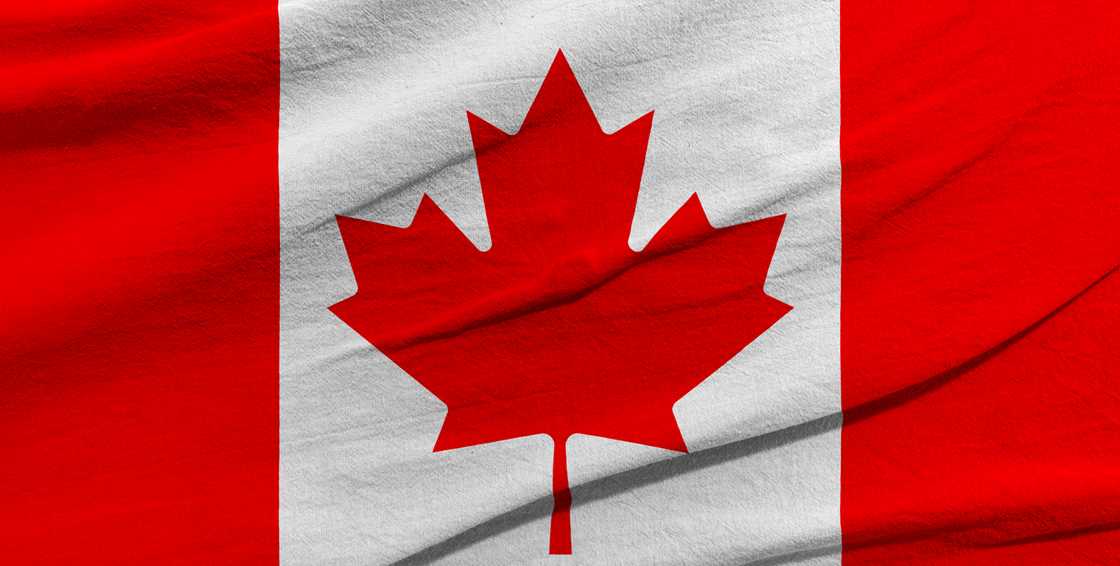
Canada boasts one of the most impressive flags globally, distinguished by its iconic red maple leaf at the center. Historically, the British Empire colonized Canada. The country adopted its present-day flag in 1965 from an initial selection of three proposed designs, with the final choice being deemed superior. This emblematic flag features just two colors: white and red.
The maple leaf serves as a symbol of Canadian identity, embodying values such as bravery, fidelity, and dignity. This iconic image includes 11 points; ten points stand for the Canadian provinces, with the eleventh point signifying the nation’s three territories.
13. New Zealand
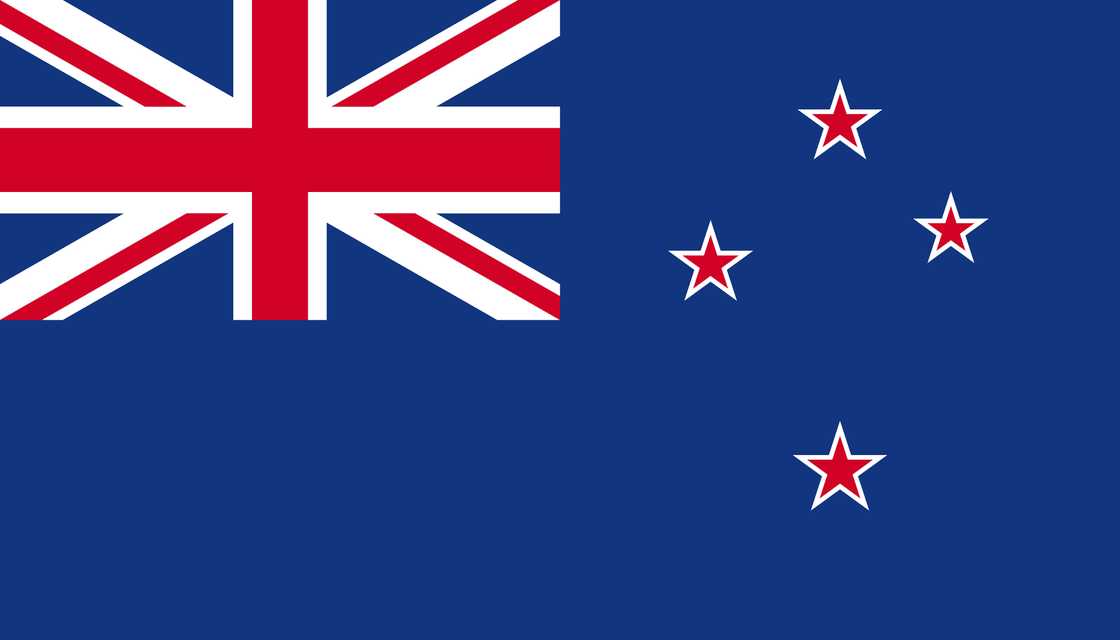
For much of its history, New Zealand flew the Union Jack flag, serving as a British colony and dominion. In 1902, however, it adopted its present-day flag. Despite this change, the country’s current design retains the British flag in the upper left corner.
New Zealand's flag features three colors: royal blue, red, and white. The deep blue shade aligns with the Royal Navy’s Blue Squadron ensign. Red stars represent the nation's position in the Southern Hemisphere. Additionally, these stars honor traditional Māori legends.
In 2016, New Zealand residents had the option to choose between keeping the current flag design or adopting a new version with the recognizable silver fern emblem. However, the original flag prevailed and continues to be the official national symbol.
14. Bosnia and Herzegovina

While Bosnia and Herzegovina may not be among the top destinations globally, it likely boasts the finest national flag worldwide. This emblematic banner from Bosnia and Herzegovina features an elegant design symbolizing various aspects simultaneously. It consists of three colors: yellow, blue, and white.
The vertices of the yellow triangle symbolize the three principal ethnic communities: the Bosniaks, Croats, and Serbs. The diagonal row of white stars stands for numerous European nations, highlighting Bosnia & Herzegovina’s position as part of an amicable community.
15. The USA
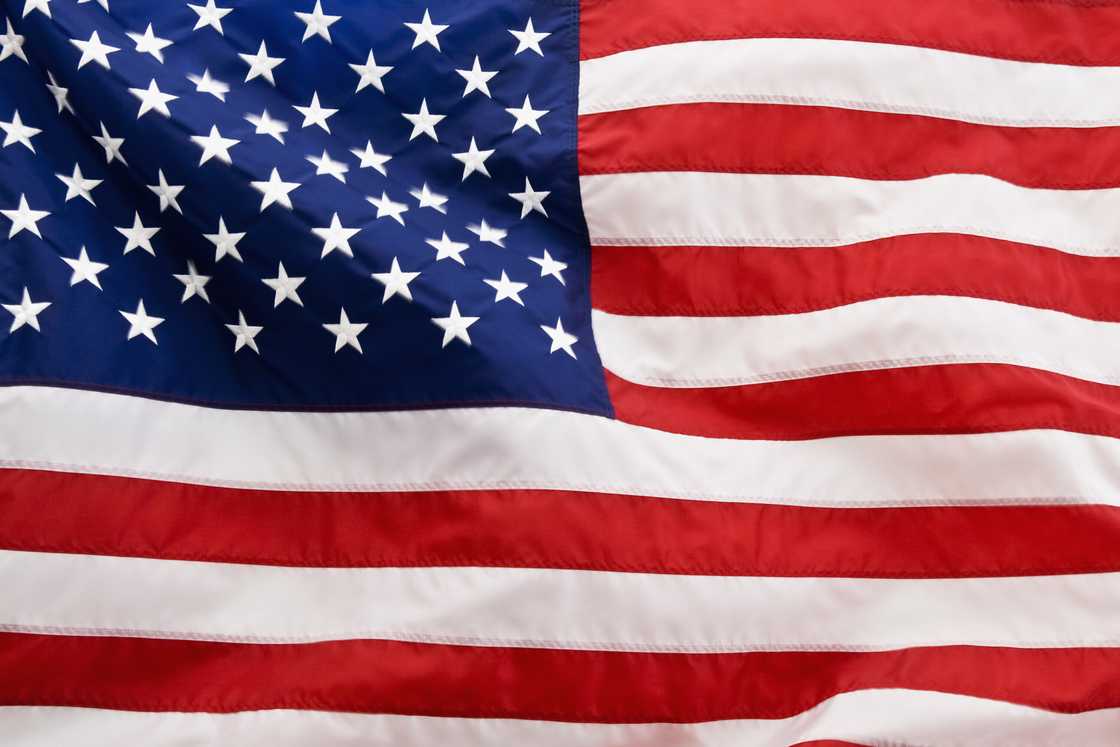
The United States' flag stands out for its historical significance and widespread recognition. Among global banners, it ranks highly in popularity. Its design was finalized in 1960 following the admission of Hawaii into the Union as the fiftieth state. This version features fifty stars, each emblematic of one of today's American states. Meanwhile, the thirteen alternating red and white stripes pay homage to the original thirteen colonies which declared independence from Britain and formed the founding members of the United States.
The American flag could stay unchanged for now, as both the District of Columbia and Puerto Rico express interest in attaining statehood status within the U.S. Should this occur, adjustments would be necessary to include additional stars on the flag, symbolizing these newly admitted states.
16. Denmark
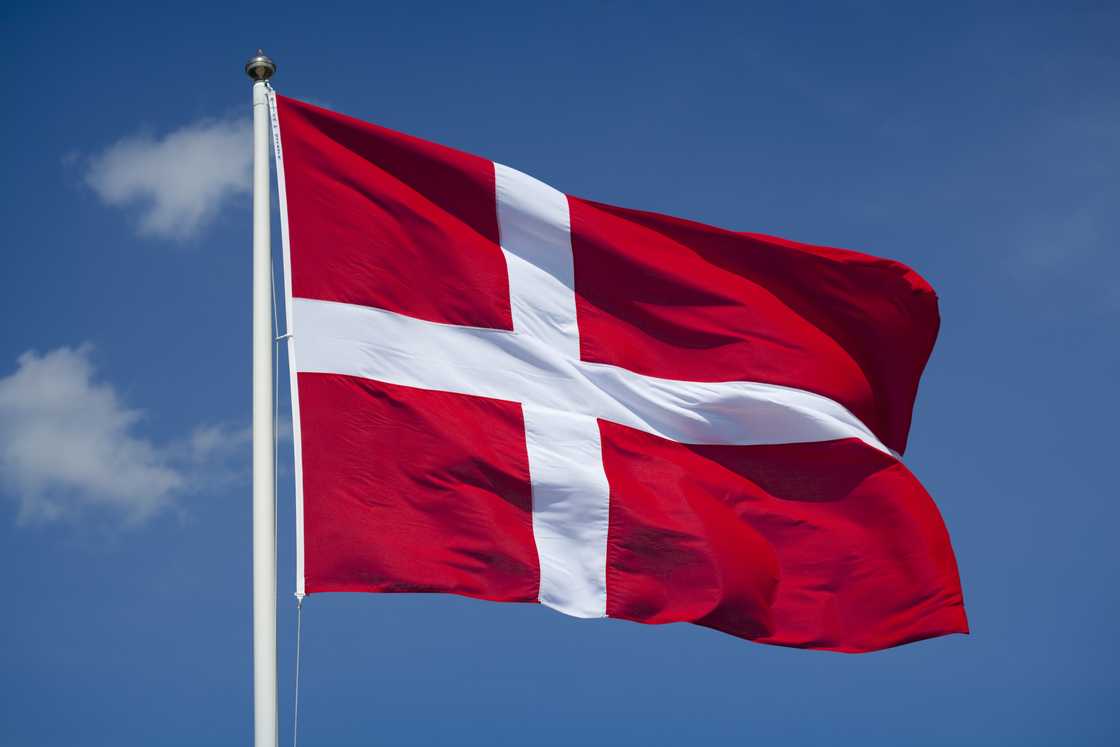
The flag of Denmark displays a red field adorned with a white Nordic cross extending from edge to edge. This cross embodies the Christian faith of the Danish populace, whereas the crimson backdrop signifies the nation’s monarchical heritage. In use since the 13th century, this banner holds the distinction of being recognized as the world's oldest continually employed national flag.
17. Mauritania
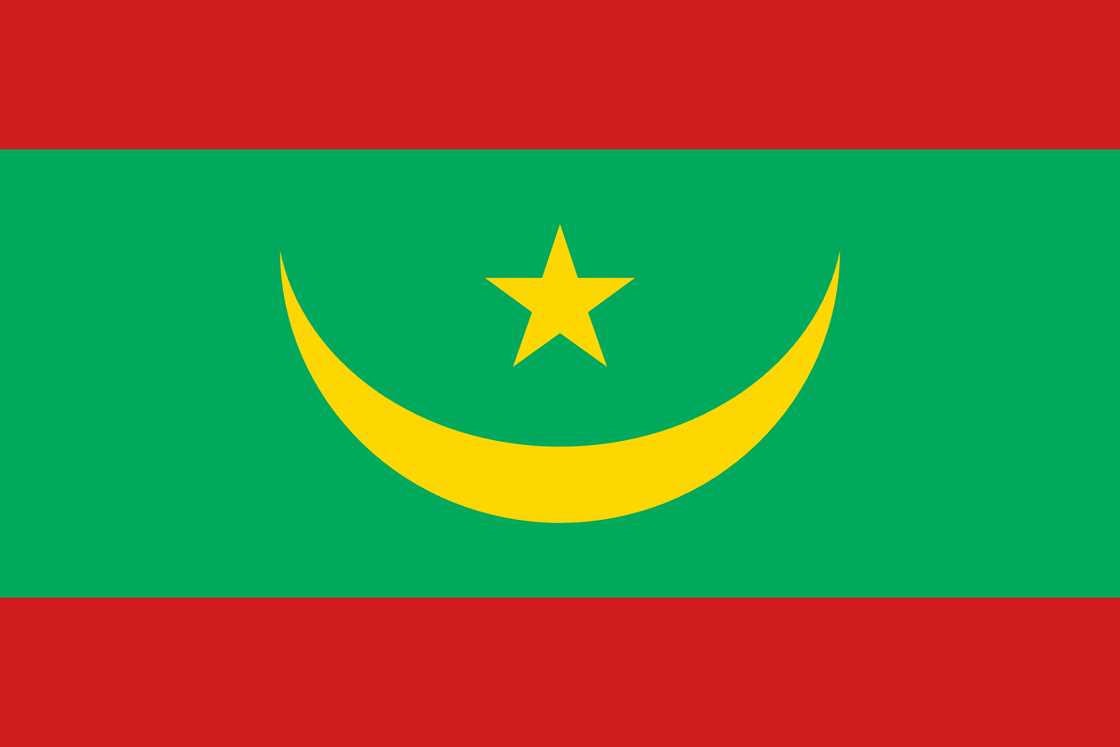
Mauritania’s national flag features a green background adorned with a yellow crescent and star at its center. Green signifies Islam, whereas the crescent and star stand as emblems of this religion. Additionally, these colors denote the nation’s principal ethnicities: the predominantly Black population and the Arab-Berber community. This distinctive emblem was formally accepted in 1959 and serves as an exclusive marker of Mauritanian heritage.
18. Tanzania
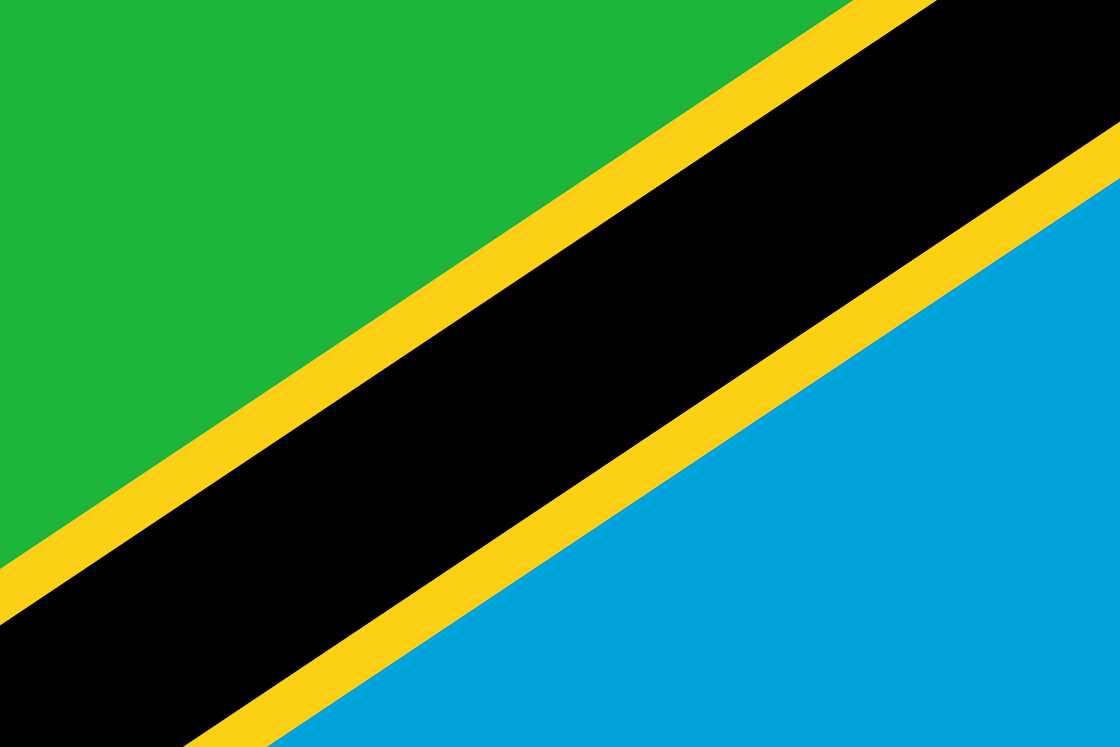
Tanzania’s national flag features a black diagonal stripe edged with yellow, dividing the banner into two triangles; the top one (near the flagpole) is green, and the bottom one is blue. This design was formally accepted on June 30, 1964, following the independence of the former Tanganyika territory.
The black stripe with yellow borders signifies the African continent and the Tanzanian population. The green section depicts the nation’s abundant plant life and fertile farmlands. Meanwhile, the blue segment stands for the Indian Ocean and embodies Tanzania's ambitions for advancement.
19. Guyana
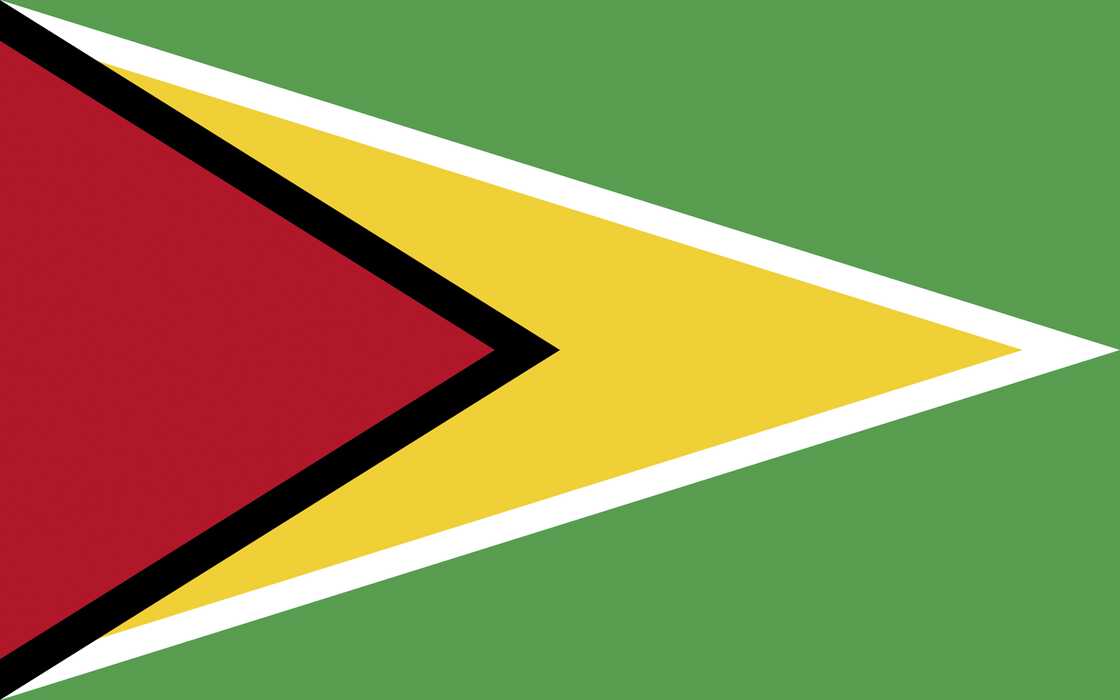
The national flag of Guyana features five colors: green, gold, white, black, and red. The green edge represents the nation’s agriculture and forests, whereas the gold stands for its abundant minerals.
The white color symbolizes Guyana’s numerous rivers, coastal waters, and majestic waterfalls, while the black signifies resilience and dedication. The red hue embodies the passion and energy of the Guyanese populace. Additionally, this flag features the country’s coat of arms, which includes imagery of a sugar cane processing plant and an indigenous canoe complete with a paddle. These elements pay homage to Guyana’s historical roots in industry and agriculture.
20. North Macedonia
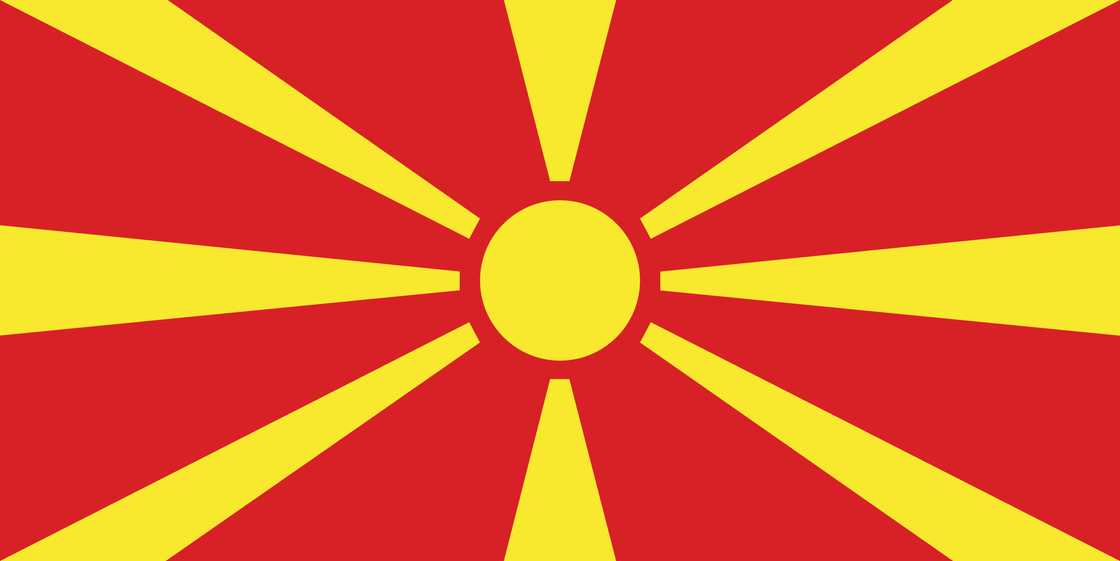
The flag of North Macedonia consists of a horizontal tricolor featuring shades of red, yellow, and green. Red stands for courage, yellow signifies the nation’s richness and splendor, while green embodies the land's abundant natural assets as well as aspirations for future success. This emblematic banner came into official use in 1995 after the dissolution of the previous federation, Yugoslavia.
21. Seychelles
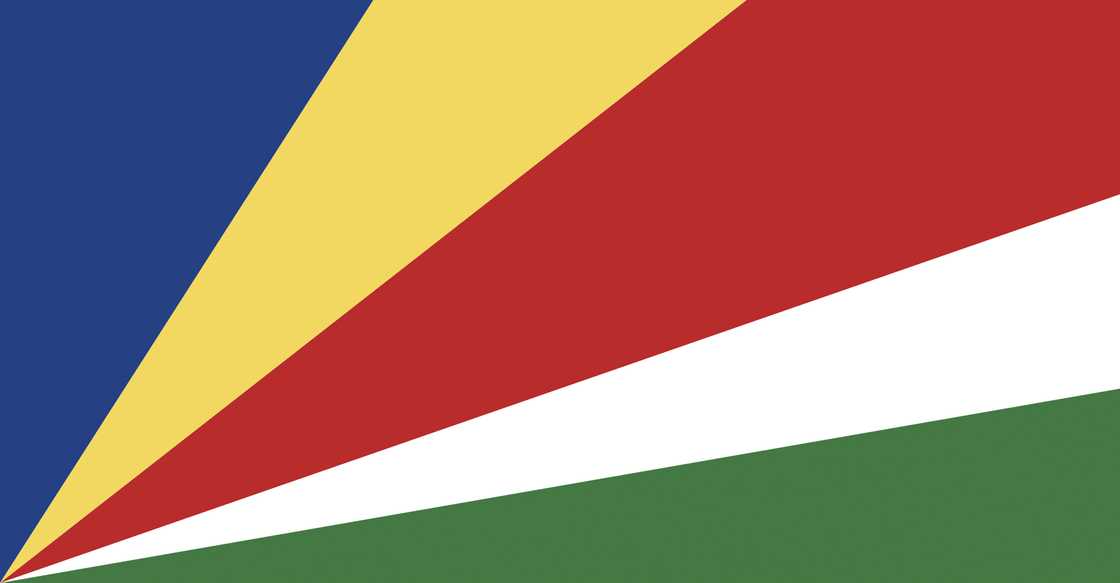
The Seychelles' flag is both vivid and distinctive, reflecting the nation's energetic character. This particular design was officially chosen for the Seychelles flag on June 18, 1996.
The flag has a rectangular shape featuring five diagonal stripes extending from the lower-left corner towards the upper-right side. The blue stripe in the top-left section symbolizes the sky above and the seas encircling the islands.
The color yellow signifies the sun, providing illumination and vitality. Red embodies the populace and their resolve to collectively strive towards a brighter future with unity and affection. White denotes fairness and concord. Meanwhile, green epitomizes the landscape and the inherent ecosystem of Seychelles.
22. Bhutan

The official adoption of Bhutan's flag design took place in 1969. This banner stands out due to its deep symbolic elements, which encapsulate the nation’s cultural background and Buddhist practices. Shaped as a rectangle, the flag features a diagonal division starting from the bottom left edge up towards the top right side. The yellow hue signifies the temporal power and leadership of the King of Bhutan.
The color orange embodies the spiritual heritage, notably Buddhism, which is firmly embedded within the nation’s traditions. White is the hue of the dragon, denoting purity, as it clutches gems in its claws—emblems representing national prosperity and stability. The fierce visage of the dragon illustrates the resilience of the populace when safeguarding their homeland.
23. India
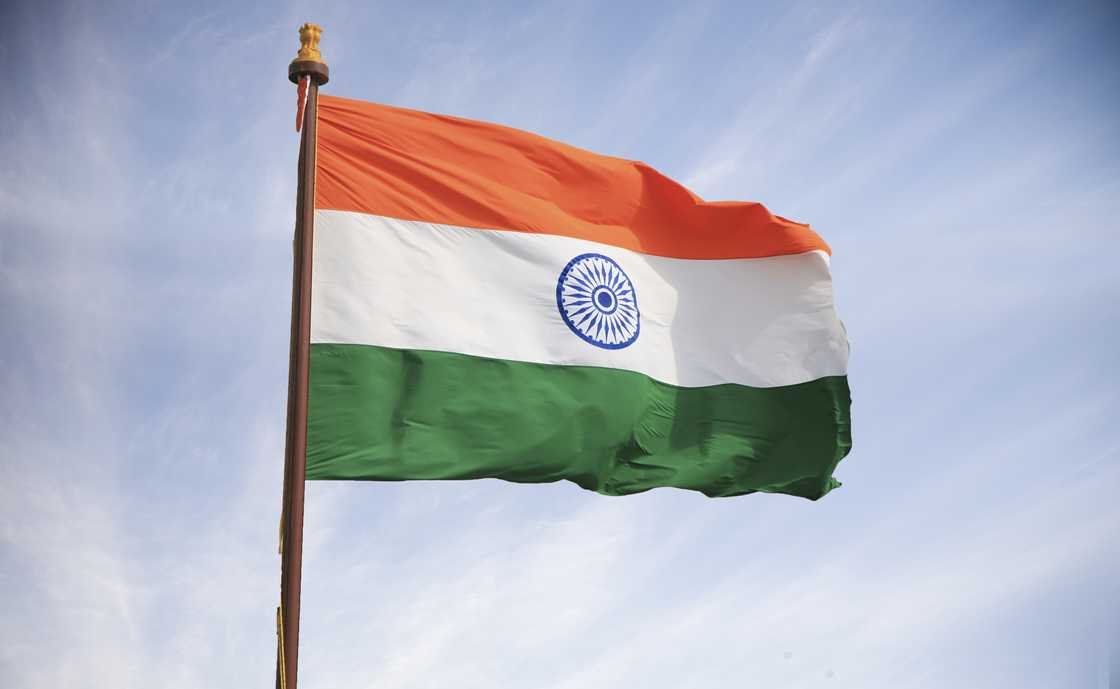
The Indian flag was adopted on July 22, 1947, just prior to India’s independence from British governance. This banner boasts a rectangular layout consisting of three horizontal bands of varying hues.
The color orange signifies bravery, self-sacrifice, and the concept of giving up material things for higher ideals. White stands for honesty, tranquility, and moral cleanliness, whereas green embodies trust, agricultural abundance, and the vibrancy of nature. Positioned within the central white band is a dark-blue circle known as the Ashoka Chakra. Featuring 24 spokes, this circular emblem mirrors the Dharmachakra, an ancient symbol representing spiritual law and cosmic order.
24. France

The French flag, called the Tricolor, is both simple and instantly recognizable as a national emblem. This rectangular banner consists of three equally wide vertical bands. Blue appears on the far-left edge, standing for freedom; directly beside it lies a white band representing parity; finally, the red segment at the right end embodies brotherhood.
25. Portugal
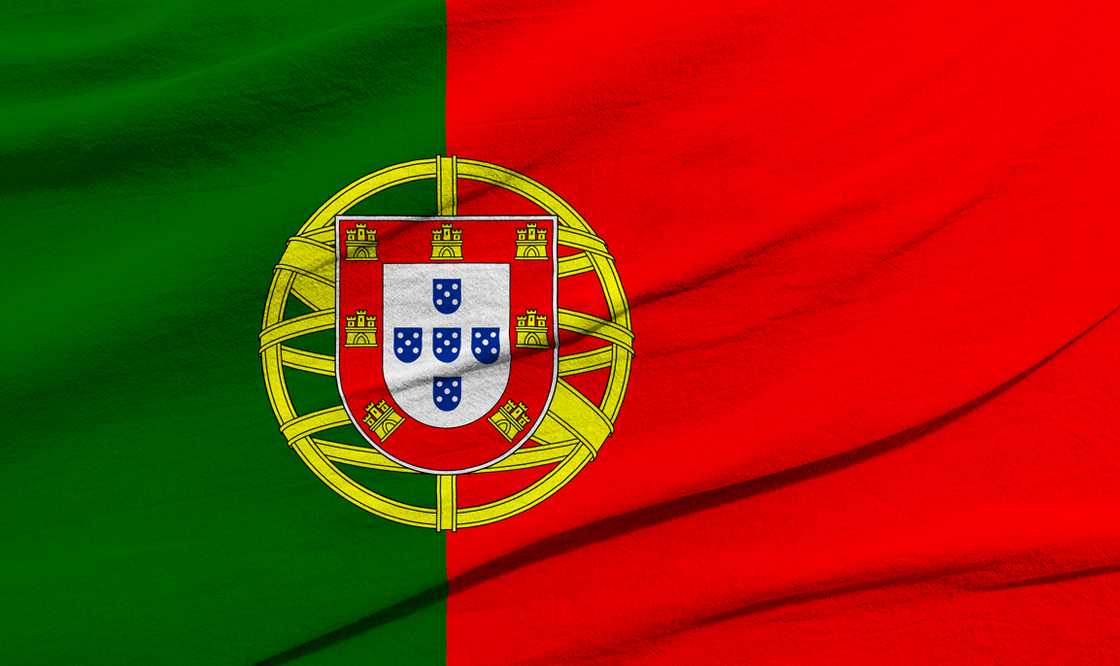
The flag of Portugal came into use on June 30, 1911, following the formation of the Portuguese Republic. This banner features a rectangle split unevenly into two vertical segments.
On the left side of the flag, approximately two-fifths of its total width, lies a green band. Green represents hope and marks the restoration of Portugal’s independence following the revolution in 1640 against Spanish rule.
On the right side, the color red symbolizes the blood shed and the continuous battles fought by the Portuguese people over time. At the point where the green and red sections intersect, the flag includes the nation’s coat of arms. Additionally, the design incorporates a detailed emblem.
What do you think is the most beautiful flag globally?
Among the most beautiful flags globally, you can find those belonging to Kenya, Tanzania, the USA, South Africa, Mozambique, Portugal, India, Nepal, Malaysia, Australia, and Seychelles.
What nation has the most distinctive flag?
Nepal boasts the most distinctive flag featuring an intriguing design. It stands out as the sole national banner globally that deviates from a rectangular form. Composed of two triangular pennants, this emblematic flag features a rich blue outline surrounding a vibrant crimson-red background.
What is considered the most vibrant flag globally?
Belize boasts the world's most vibrant flag. This banner features an impressive twelve colors, much of which contributes to the intricate design of the coat of arms at its center.
In which nation's banner do you think the most appeal lies?
Countries boasting some of the most attractive flags encompass India, Kenya, Australia, Nepal, South Africa, the United States, Seychelles, New Zealand, Portugal, North Macedonia, and Bhutan.
Flags play a crucial role in uniting citizens and fostering patriotism within a nation. These symbols represent pride and cohesion, sometimes even being regarded highly enough for countries to fight over them. Among the most visually stunning flags globally, many also carry profound symbolic meanings.
Recently, .co.ke released a compilation of the most hazardous destinations for travelers within Africa. The primary factors contributing to the decline in peace across these African nations include terrorist activities and political unrest.
Various uprisings and clashes throughout history have resulted from numerous coups, disputed elections, ethnicity-based disagreements, and accusations of corruption. Discover which African nations pose the highest risks for travelers due to these issues.